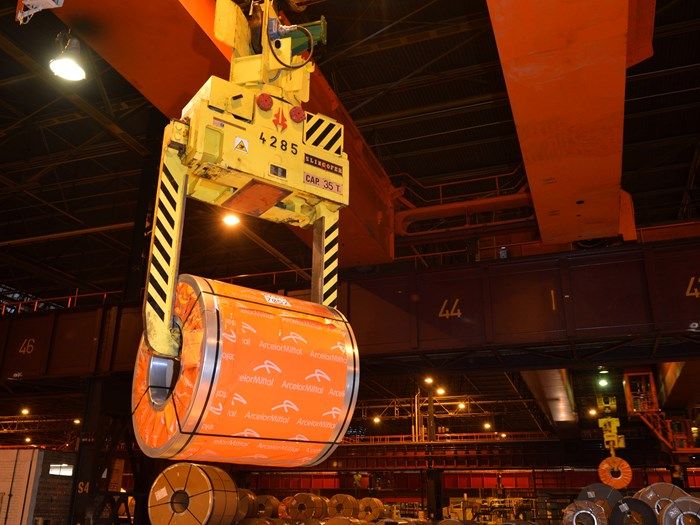ArcelorMittal (the «Company«) announced on Friday that it has invested US$36 million in Boston Metal, its largest investment through its XCarb Innovation Fund.
The fund, launched in March 2021, aims to invest in the best and brightest technologies that have the potential to play a significant role in the decarbonization of the steel industry, a process that ArcelorMittal intends to lead.
Thus, ArcelorMittal investment has led a $120 million Series C financing round undertaken by Boston Metal.
Other participants in the round include Microsoft’s Climate Innovation Fund and SiteGround Capital, joining Boston Metal’s current shareholder roster, which includes investors of the likes of Breakthrough Energy Ventures, mining giants Vale and BHP, BMW i Ventures and several cleantech venture capital funds.
ArcelorMittal
Founded in 2013, Boston Metal develops and commercializes a patented molten oxide electrolysis (MOE) platform to decarbonize primary steel production.
The MOE uses electricity to produce molten steel through a direct, one-step process.
In addition, the MOE cell is capable of processing a wide range of iron ore grades by high-temperature electrolysis, producing liquid steel relatively free of impurities and without CO2 emissions.
As a fully customizable steelmaking solution, MOE modular cells can be scaled up to the desired production capacity.
Boston Metal has raised more than $200 million in three rounds of fundraising and has grown from a team of eight employees in 2018 to more than 100 today. It aims to commercialize its technology by 2026.
In the words of Aditya Mittal, CEO of ArcelorMittal: «At Boston Metal, we are investing in a team that has made impressive progress in a relatively short period of time, developing a technology that has exciting potential to revolutionize steelmaking.»
Since its launch, ArcelorMittal’s XCarb Innovation Fund has committed to investing in six companies spanning a wide range of decarbonization technologies: renewable energy, long-term battery storage, carbon capture and reuse, hydrogen electrolysis, nuclear power and, now, direct electrolysis.
![]()

